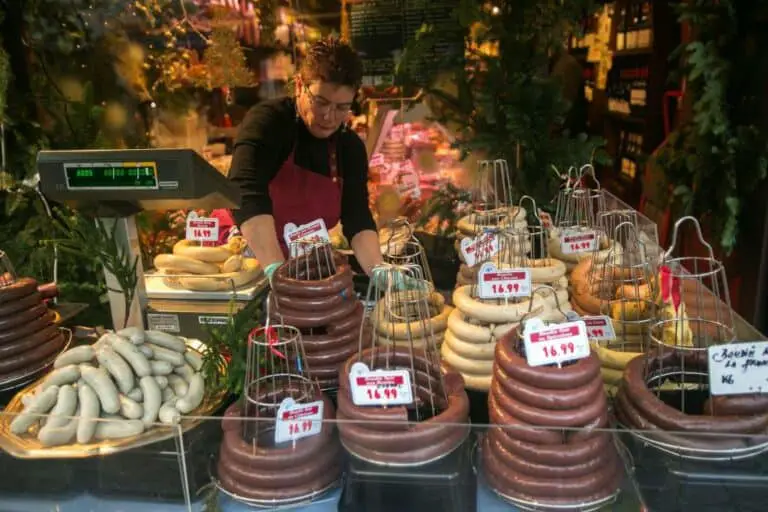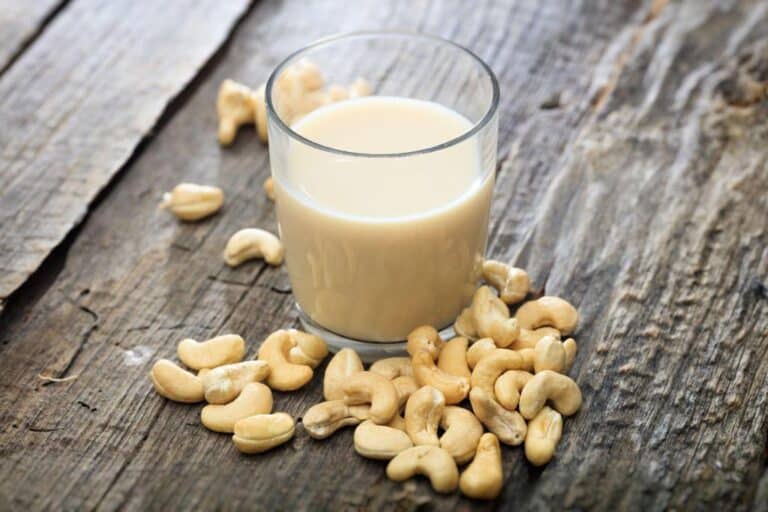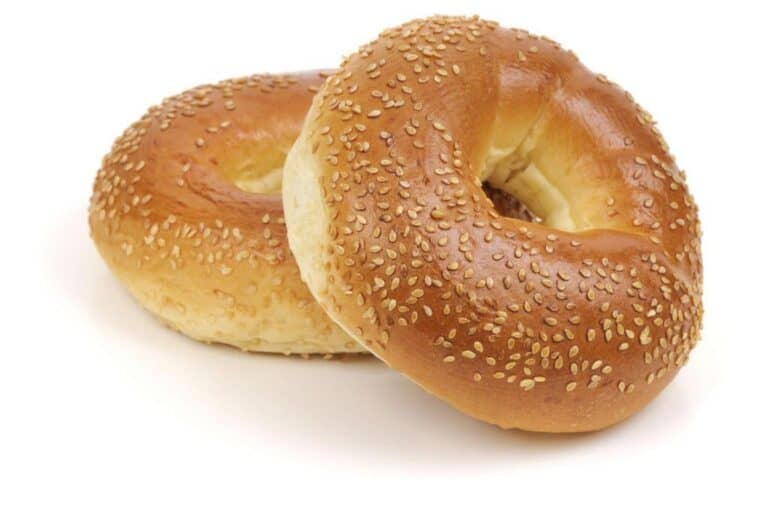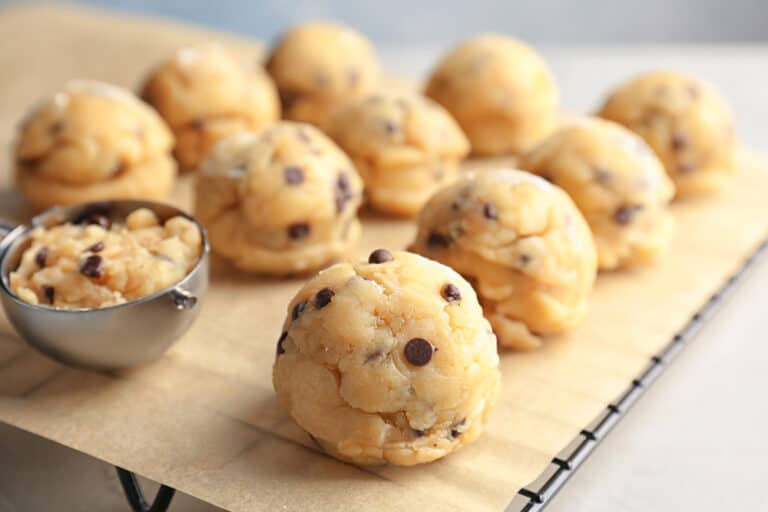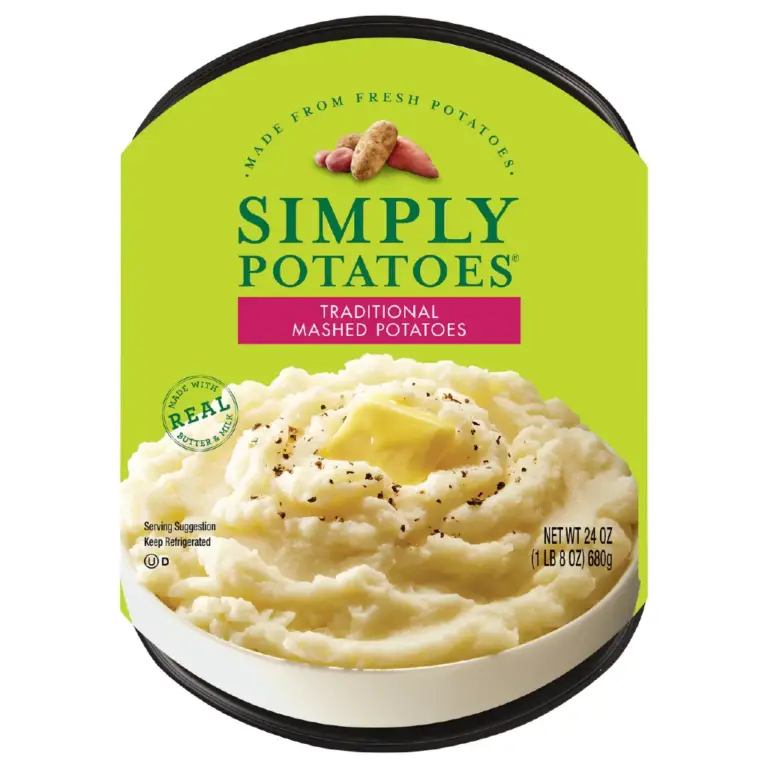Eating Cold Leftovers Food: Is It a No-No or Just Fine?
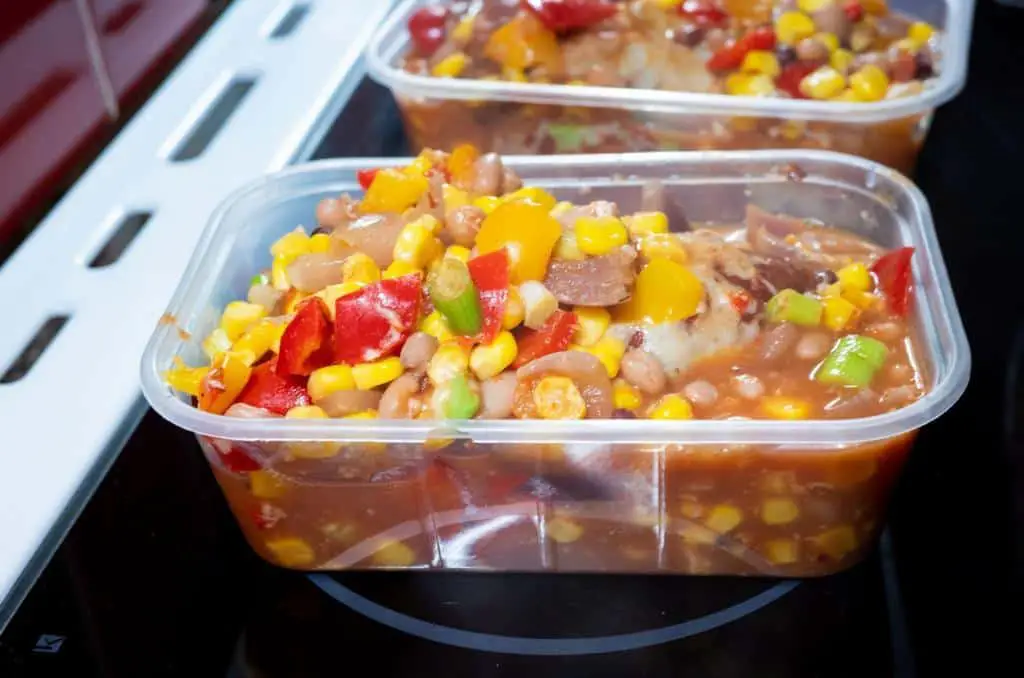
When it comes to eating leftovers, the question on everyone’s mind is usually whether or not it’s okay to eat them cold. While there may be some convenience in eating cold leftovers, it’s important to consider the potential impact on digestion and your overall health before deciding to do so.
In this article, we will explain why eating cold leftover food is safe in some circumstances but not in others and what the solution might be.
Readers will also find out what precautions they need to take when eating cold leftovers food. Keep reading to find out more and to get the list of meals that are good (or perhaps) even better to eat the following day.
Let’s take a closer look.
Cold Leftovers Food: Benefit and Potential Risk
Cold leftovers refer to food that has been cooked and then cooled, typically in the refrigerator, before being eaten. Here’s why you need to keep leftover food:
- Leftovers can help you stretch your budget by cutting down on food waste. Instead of tossing excess food, save it for another meal. This can really help reduce your grocery bills.
- Leftovers are a no-brainer when you’re short on time or don’t feel like cooking a full meal. Just heat them up, and boom—you’ve got a quick and easy lunch or dinner.
- Leftovers are a lifesaver when it comes to saving time and money. But if you’re not storing and handling them properly, they can turn into a real health hazard.
- Cold leftovers may keep more of their nutrients than reheated leftovers, and they may be easier and take less time.
- Leftovers can provide a nice change of pace and add some variety to your meals. Rather than eating the same thing every day, you can mix and match different leftovers to create new and interesting flavors and textures.
- Keeping and eating leftovers can help to reduce stress by eliminating the need to constantly come up with new meal ideas and spend time cooking. This can give you more time and energy to focus on other things.
Eating cold leftovers can have both risks and benefits. On one hand, there is the potential for food poisoning if the leftovers have been stored improperly or have been stored for too long, leading to bacterial growth.
| Eeating cold food that has been sitting out for too long can lead to some serious health risks. According to the FDA (Food & Drug Administration), it is important to take precautions when eating leftover cold food so as not to expose yourself or others in your family to potential illnesses or food-borne bacteria. |
may not taste as good or feel as good as hot leftovers, and they may not be as filling or satisfying. Before you decide to eat cold leftovers, you should think about these possible risks and benefits.
Is It Ok to Eat Leftover Cold Food?
When it comes to leftover food, the general rule of thumb is to consume it within 3 to 4 days of it being cooked. This is because, after this time period, the risk of food poisoning increases significantly. This is due to the growth of bacteria on the food, which can cause illness if ingested.
However, if you don’t think you’ll be able to eat the leftovers within this time frame, freeze them immediately. Frozen leftovers will stay safe for a much longer period of time and can be consumed at a later date without the risk of food poisoning.
Also, keep in mind that leftover food should be kept in the mini fridge at a temperature below 40 degrees Fahrenheit to stop bacteria from growing. If the food has been left out at room temperature for more than 2 hours, it should be thrown out as it may have already become contaminated.
Does Food Temperature Impact Digestion?
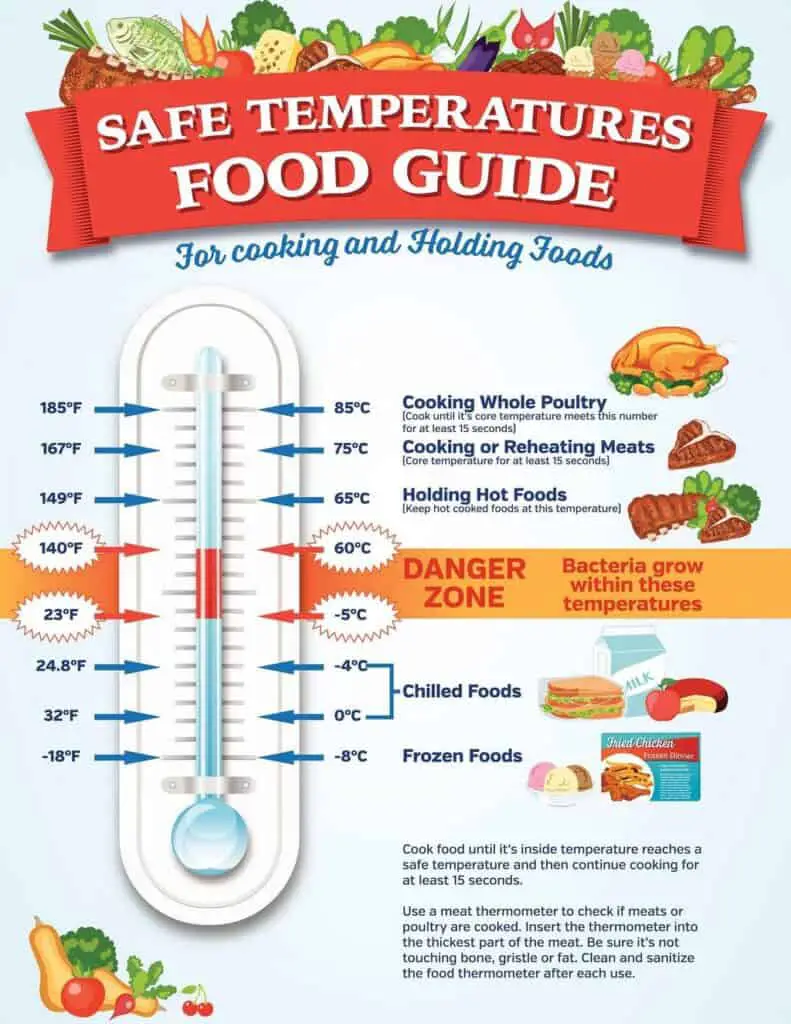
Yes, the temperature of food can greatly affect digestion. You might not realize it, but the temperature of your food can affect how your digestive juices work, how your GI tract moves, how your digestive enzymes work, and how quickly you digest and absorb food.
For example, if you eat cold food that is too cold, it can slow down the movement of the muscles in your gastrointestinal tract, leading to slower digestion. On the other hand, if you eat food that is too hot, it can damage the lining of your gastrointestinal tract (GIT), leading to reduced absorption of nutrients.
So what can you do to ensure that the temperature of your food is optimal for digestion? One easy tip is to let hot food cool down a bit before eating it, and to warm up cold food before eating it. This can help make sure that your food is at the right temperature for you to digest it.
At What Temperature Should Food Be Consumed?
When it comes to food safety, one of the most important elements is temperature. Knowing the best temperature to eat food at can help lower the risk of getting sick from it. The best way to ensure that a meal is safe to eat is by following guidelines set out by experts in the industry.
In general, hot foods should be served and eaten at temperatures of at least 140 degrees Fahrenheit (60 degrees Celsius), and cold foods should be served and eaten at temperatures of at least 40 degrees Fahrenheit (4 degrees Celsius).
Foods with a middle temperature range should be heated until the temperature inside reaches 165°F (74°C). This will ensure that any bacteria present in these foods have been killed off.
Tips for Making Cold Leftovers Food Tasty
Eating cold leftovers can be a convenient and cost-effective way to make the most of your meals, but it’s not always the most appealing option.
Here are a few tips for making cold leftovers food tasty:
- Add some flavor. Cold leftovers can often lack flavor, so consider adding some seasoning or condiments to give them a boost. A sprinkle of herbs, a drizzle of sauce, or a sprinkle of spices can all help to add flavor to cold leftovers.
- Use different textures. Cold leftovers can often be bland and unappealing, so consider adding some different textures to liven things up. This could be as simple as adding a crunchy topping, such as croutons or nuts, or incorporating some softer elements, like avocado or cheese.
- Try a different presentation. The way you present your cold leftovers can also make a big difference in how appealing they are. Rather than just serving them straight from the fridge, try arranging them on a plate or platter with some colorful garnishes or sides.
- Mix and match. Mixing and matching different leftovers can help to create new and interesting flavors and textures. For example, you could mix leftover chicken with some pasta and a creamy sauce, or combine leftover vegetables with some grains and a vinaigrette.
10 Meals That Are Good Cold Leftovers To Eat The Following Day
- Sandwiches. Sandwiches are a classic choice for cold leftovers, as they often hold up well in the refrigerator. Try making sandwiches with leftover chicken, turkey, roast beef, or other meats, as well as various vegetables and condiments.
- Pasta. Pasta is another good option for cold leftovers, as it can be easily dressed up with a variety of sauces and toppings. Try mixing leftover pasta with some vegetables, protein, and a vinaigrette or creamy sauce for a satisfying and flavorful meal.
- Salad. Leftover vegetables and grains can be easily turned into a tasty and refreshing salad the following day. Try mixing and matching various leftover vegetables and grains with some protein, such as chicken or tofu, and a flavorful dressing.
- Soups and stews. Soups and stews often taste even better the next day, as the flavors have had time to meld together. These types of dishes can be easily reheated and served as a satisfying and comforting meal.
- Grain bowls. Leftover grains, such as rice or quinoa, can be easily transformed into a delicious grain bowl the following day. Try mixing the grains with some leftover protein, such as chicken or tofu, and various vegetables and a flavorful sauce.
- Pizza. Cold pizza is a classic and beloved leftovers food, and it can be easily reheated in the oven or microwave for a quick and satisfying meal.
- Quiche. Quiche is another dish that can be easily served cold and can be a delicious and satisfying leftovers option.
- Sushi. Sushi is another popular choice for cold leftovers, as it is often served chilled or at room temperature.
- Cold cuts. Cold cuts, such as ham, turkey, and roast beef, can be easily served as a simple and satisfying meal with some bread and condiments.
- Deviled eggs. Deviled eggs can be a tasty and satisfying cold leftovers option, especially when served with some crunchy vegetables or crackers on the side.
Conclusion
In summary, it is generally safe to eat leftover food cold as long as it has been stored in the refrigerator within the recommended time frame and has not been left out at room temperature. If you’re unsure about the safety of your leftovers, it’s always better to err on the side of caution and toss them out to avoid the risk of food poisoning.
It’s important to be mindful of the temperature of your food and how it may impact your digestion. You can make sure that your body gets the most out of the nutrients you eat by being proactive and making small changes to the temperature of your food. Trust me, your digestive system will thank you!

